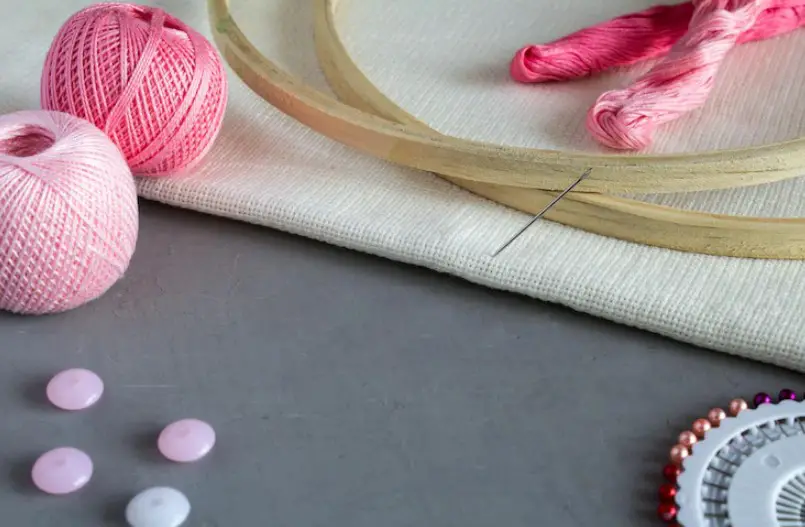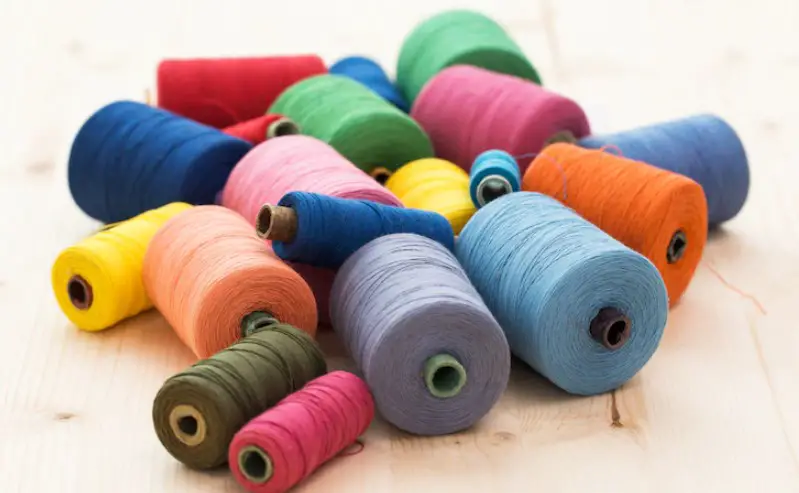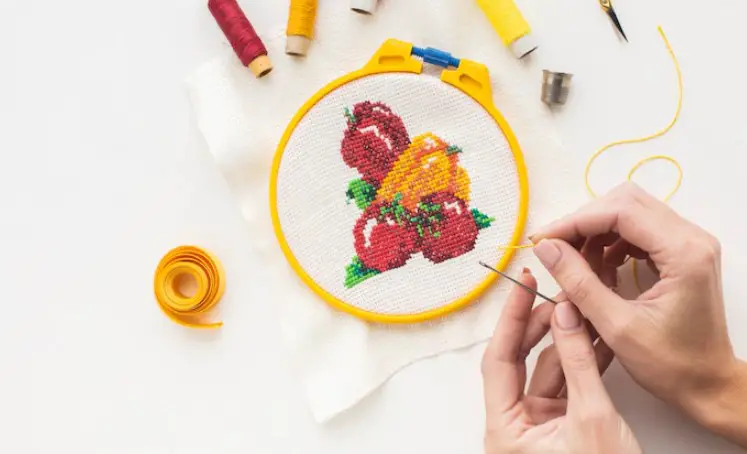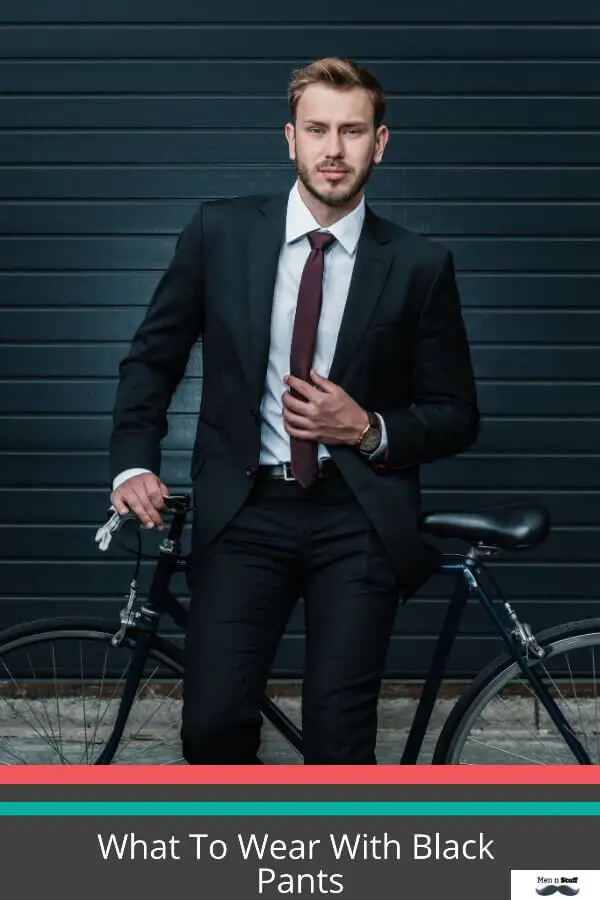Using regular thread for hand embroidery on clothing can yield satisfactory results for basic projects. However, embroidery floss is specifically designed for finer details and comes in a wide range of colors. It’s recommended for intricate designs. Embroidery floss offers more vibrant colors and durability for a polished finish.
Is It Good to Use Regular Thread to Hand Embroider Clothing?
Embroidery adorns clothes with a touch of personality and artistic flair, turning even simple garments into unique, statement pieces. An essential component of this artistic process is the right type of thread. Many embroiderers often question: Is it ideal to use regular thread for hand embroidery? Here’s a rundown of the reasons that can help answer this query.
1. Quality of Final Results
Regular thread, usually made of cotton or polyester, can serve as an inexpensive alternative to specialty embroidery threads. However, the quality of the final embroidery with regular thread may not match the brilliance and durability obtained with the use of embroidery threads.
2. Thread Thickness
Embroidery threads are thicker than regular threads, making them stand out on the fabric, resulting in a more visually impressive outcome. Using regular thread may produce a more understated look, which may not always align with the desired outcome.
3. Variety of Colors
Embroidery threads come in a broad array of colors, allowing for more flexibility and creativity. Regular threads often offer a limited palette which might restrict the design possibilities.
4. Tensile Strength
Embroidery threads possess a higher tensile strength, capable of withstanding the tension and friction associated with hand embroidery. Regular threads might fray or break under similar conditions.
5. Level of Shimmer
Embroidery threads often come with a glossy finish, enhancing the overall look of the embroidery. Regular threads, on the other hand, tend to lack this sheen and may result in duller embroideries.
6. Price Factor
Regular threads are generally cheaper than embroidery threads and can be a good choice for beginners looking to practice the art of embroidery without much financial investment.
In Conclusion
Regular thread can be used for hand embroidery but with the understanding that the quality, vibrancy, strength, and level of detail may not be as good as those produced using embroidery threads. For intricate designs, high-quality finishes, or prolonged use, opting for specialized embroidery threads would be more advantageous.
| Thread Type | Quality | Thickness | Color Variety | Tensile Strength | Level of Shimmer | Price |
|---|---|---|---|---|---|---|
| Regular Thread | Lower | Thinner | Less Variety | Lower Tensile Strength | Lower Level of Shimmer | Cheaper |
| Embroidery Thread | Higher | Thicker | More Variety | Higher Tensile Strength | Higher Level of Shimmer | More Expensive |
Is Embroidery Thread Different from Regular Thread?

Yes, embroidery thread is different from regular thread, and the distinction lies in their purpose, composition, and characteristics. Here’s a detailed comparison:
Embroidery Thread:
- Purpose: Embroidery thread is specifically designed for decorative stitching, embellishing fabric, and creating intricate designs.
- Composition: Embroidery thread is often made from high-quality materials such as cotton, silk, rayon, or metallic fibers. These materials ensure a smooth texture, vibrant colors, and the ability to hold up well in intricate stitching.
- Thickness and Ply: Embroidery thread comes in various thicknesses, referred to as “ply.” It’s often composed of multiple strands twisted together, which can be separated for different thread thicknesses.
- Variety of Colors: Embroidery thread is available in an extensive range of colors and shades, making it suitable for detailed color work and blending.
- Sheen: Many types of embroidery thread, such as rayon and metallic, have a natural sheen that adds dimension to embroidered designs.
- Durability: Embroidery thread is designed to withstand washing and wear, making it ideal for projects that will be part of clothing or other fabric items.
Regular Thread:
- Purpose: Regular thread is typically used for basic sewing and joining fabrics together in seams or hems. It’s not specifically intended for decorative stitching.
- Composition: Regular thread can be made from various materials, including cotton, polyester, or a blend. It’s often coarser than embroidery thread and may lack the smoothness needed for detailed embroidery.
- Thickness: Regular thread is usually single-ply, making it thicker than the finer strands of embroidery thread.
- Limited Color Range: While regular thread comes in a variety of colors, the color range might not be as extensive or vibrant as that of embroidery thread.
- Sheen: Regular thread generally lacks the natural sheen that some embroidery threads possess.
- Durability: While regular thread is suitable for sewing seams, it might not hold up as well as embroidery thread when used for intricate designs that experience more tension or movement.
In summary, while both embroidery thread and regular thread serve different purposes in sewing and crafting, embroidery thread is specifically designed to enhance decorative stitching and create intricate designs. Its composition, color range, sheen, and durability make it a better choice for embroidery projects, ensuring a polished and professional finish.
Are All Embroidery Threads the Same?

Not all embroidery threads are the same. You can opt for a wide variety of embroidery threads for your embroidery work, and with so many different options available, it is overwhelming to choose the treads to use.
Embroidery threads come in different thicknesses. It can be in a single strand or multiple strands like the six-stranded floss. You can split thick embroidery threads with many strands into smaller groups.
Use a strand or more subject to the embroidery project’s thickness. Some embroidery threads come in a single thread with different thicknesses. Some single-strand sizes have an equal thickness to grouped strands.
Below is a list of the various types and sizes of embroidery threads that you can choose from.
Stranded Embroidery Thread
The stranded embroidery thread is the most common among the other threads and is popularly known as embroidery floss. The thread comprises six strands that you can separate. Depending on the thread thickness, you can use the strands separately or in groups.
Generally, needlepoint needs all six strands, but you can use one strand of embroidery floss for needle stitching. You will need two strands of embroidery floss when cross-stitching.
The embroidery floss consists of many colors that a color code can identify. The manufacturers make the thread from cotton, rayon, or silk. DMC and Anchor are known brands for embroidery.
Perle Cotton
Perle cotton is another popular thread, and it comes as a single strand and isn’t separable. It has a wide range of colors, and you can indicate it by a color code. The thread comes in different thicknesses, which the manufacturers mark by a size number.
As the thread becomes thicker, the size number becomes lower. The thread comes in different sizes, such as 3,5,8 and 12. The single-stranded thread has a similar thickness to groups of stranded embroidery thread. The size 3 of the thread is similar to six strands of embroidery floss, whereas a size 12 is as good as a single strand of embroidery floss. The size 8 is a perfect weight and is the most popular.
Wool
You can use it in wool embroidery, needlepoint, cross-stitch, or tapestry work. Using wool to embroider, just like any embroidery thread, is common, and tailors commonly use it for projects that need some texture.
The yarn weight defines the wool thickness, and the thinnest is known as 0 lace, whereas the thickest is 7 Jumbo. If you want Crewel embroidery, you can use Crewel yarn, a type of wool. Felted wool is another type of wool yarn that undergoes a felting process that creates a fuzzy texture. Use felted wool for coaching in your embroidery work.
Metallic
You can use metallic embroidery threads to highlight embroidery work, and you can use them with other embroidery threads. The most prevailing colors are gold, silver, copper, and platinum, although it is available in standard colors.
There are some drawbacks to using metallic embroidery threads. It easily tarnishes, snags, tangles, and frays, and it isn’t easy to wash fabrics embroidered with metallic threads. Hence, this limits the usage of metallic threads.
To be able to stitch better with metallic threads, follow these tips.
- Using shorter lengths and only a few strands of metallic thread to stitch is advisable,
- To help reduce friction between thread and fabric, use a big needle.
- Sometimes when stitching, snags take place, and to avoid it, use a thread conditioner or dampen the thread.
- It is easier to work when combining a metallic thread strand with a standard embroidery floss strand.
How to Embroider Clothes by Hand

There are different ways you can embroider clothes by hand. These include:
Split Stitch
To write your name or wordings on any fabric, use a pen or pencil, not a marker, because it will blot on the fabric. A pen/ pencil will make thin lines, and the stitches will cover the marks.
For these, you will require three strands instead of six. Spiral the thread around your finger to separate the embroidery thread, and this way, it won’t be tangled. Thread the needle with the three-stranded embroidery thread and start your first stitch from the inside of the fabric to the outside, at the bottom left corner of your first letter.
Don’t make a knot in the embroidery thread; instead, make a little loop on the inside, and pass your needle through the loop when you come back down from the outside to the inside. Effectively, you have a knot that is secure and not bulky.
Bring the needle and thread up from the bottom again, across the last stitch. After this, bring the needle back down in the middle of your last stitch. The finished stitch length should be of a rice grain length.
Continue going up a half-stitched length beyond the last stitch and down in the middle of your last stitch. You will notice that the stitching looks like a chain, and when you have finished one line of stitches, start the other letter. If there is space, move your needle and thread across on the inside of the fabric, coming up at the beginning of the next set of stitches.
French Knot
This stitch requires six embroidery strands, although you can use three strands but double the thread as you go. This stitch begins by winding the thread around the needle three times and then inserting it into the fabric from outside to inside.
Cross-Stitch
You can use a cross-stitch to embellish a double row of stitches on any fabric. Move the needle and thread through the loop of the second existing stitch and start working from the outside. If you want to make the first part of the cross, or X, move the needle through the loop of the first stitch on the right row. Then go through the second stitch on the right, from right to left, and up across the outside to the first stitch on the left, passing the needle from left to right.
You will notice that the stitches create small vertical lines on the side of the X. Continue with the pattern until you complete the full area you want to stitch.
References:
https://www.gatheringthread.com/can-you-embroider-with-regular-thread/
https://paraffle.com/blogs/ultimate-embroidery-guide-for-beginners/best-threads-for-hand-embroidery

